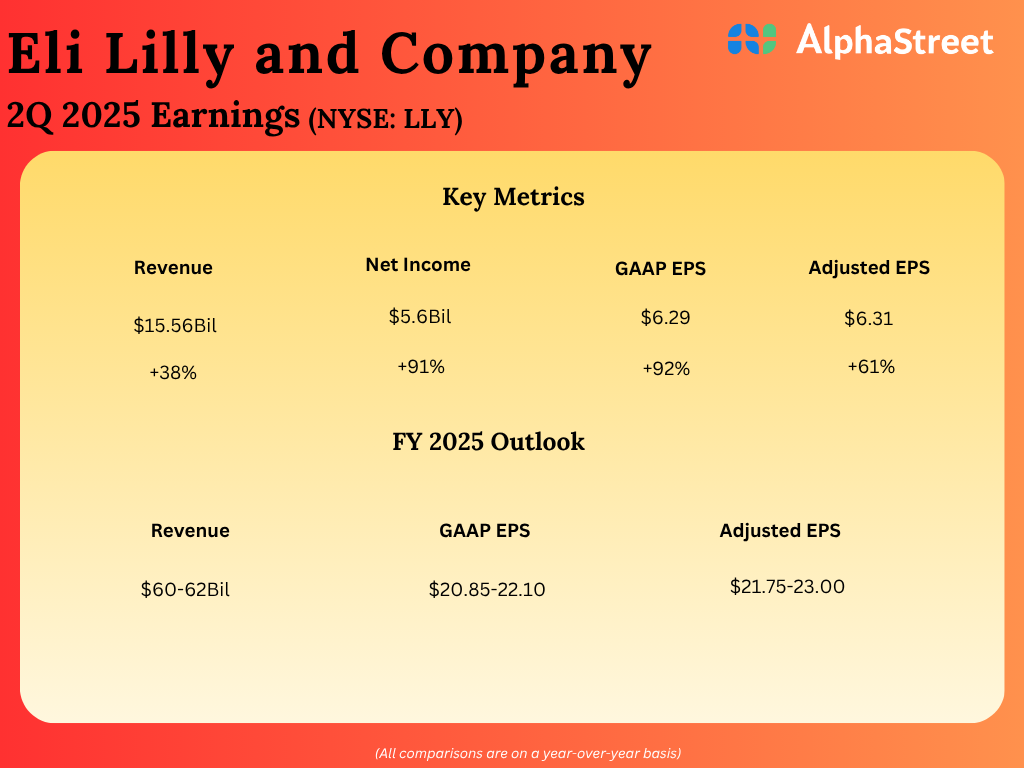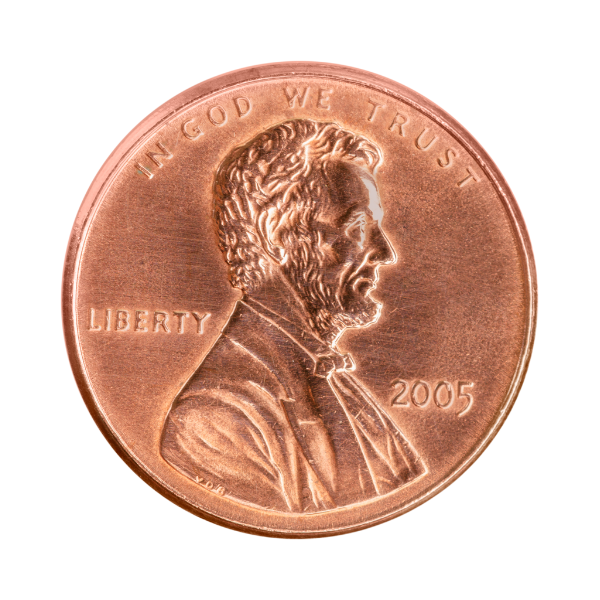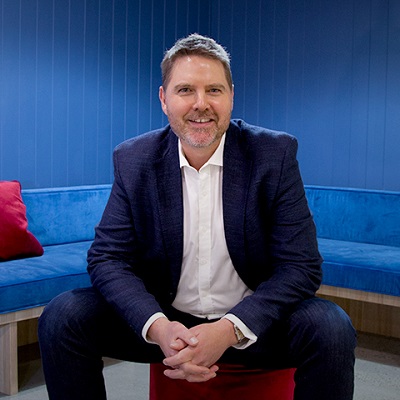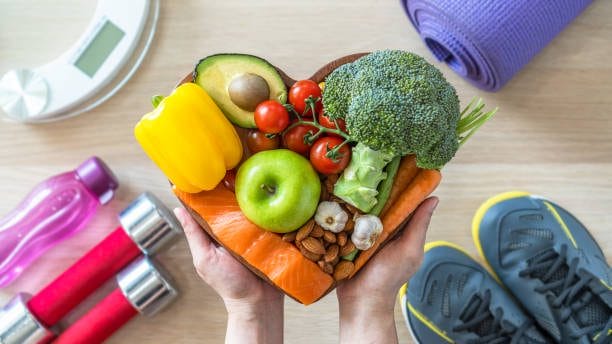Part 3 – Create Keystone Habits Using the Habit Loop
Create Keystone Habits Using the Habit Loop
Wouldn’t it be great if you never had to worry about hitting your goals? You could just do what you were supposed to do without even thinking about it. Sounds like a pipedream, right? But it’s possible, IF you know how habits work. When you do, you can take full advantage of them and put your success on autopilot.
The “Habit Loop” and how to use it to your advantage
According to Charles Duhigg, author of The Power of Habit, every habit has three components:
- A cue – Which is a trigger for a behavior to start (like your alarm clock going off)
- A routine – Which is the behavior itself (like getting out of bed)
- A reward – Which is the benefit of taking that course of action (like a nice, warm cup of coffee waiting for you when you get out of bed)
The reward is how your brain actually learns to want a particular behavior in the future.
You put 2-and-2 together and equate the pleasure of drinking a cup of coffee with getting out of bed.
This is how people pick up bad habits, like smoking, but it’s also how people stick to good habits like exercising. They link a cue and routine to a reward.
For decades, people focused exclusively on changing the behavior: the routine itself.
But now, we know that cues and rewards are actually the most important parts of making a habit stick.
If you get the cues and rewards right, the routine forms by default.
So choosing your reward — not the routine — is actually the most important step
Reward yourself MORE to create good habits
Eating chocolate can help you exercise more.
Yes, you read that right: Research has shown that eating more chocolate can help you stick to an exercise regimen.
Here’s why: Eating chocolate at the end of a workout is a simple way to ignite the reward centers in your brain. It cements the good feelings that make a habit take root.
It sounds contradictory (that eating chocolate and exercising go together), but it’s true. Why do you think a lot of really fit people drink smoothies or protein shakes when they finish working out?
It’s the same principle at work. The sweet drink acts as a reward for the behavior. Plus, it’s a little better for you than the chocolate.
I recently sat down with Charles Duhigg to talk about how to create new habits.
And in this part of our chat, he explains how important rewards are. The best part is you can choose your own rewards and easily make new habits stick.
Click here for the video
The key takeaway? Always reward yourself.
You don’t want to end your workout, leave in a rush and not be able to reward yourself with a smoothie or a relaxing shower. Make sure you can give yourself a reward to make sure the behavior sticks.
Here are some rewards you might use to help create a habit
- Give yourself 5-minute breaks for every 20 minutes of deep work you do
- Allow yourself to buy a nice pair of shoes after you hit your savings goal for a month
- Watch a TV show (guilt-free) after cooking a healthy meal
The reward can be anything you choose, as long as you’re giving yourself something you genuinely enjoy.
Change your routinue to change your habits (why “quitting” doesn’t work)
It’s very hard to simply stop a bad habit. That’s because you’re always getting whatever cue was telling you to do the bad habit in the first place. So what can you do about it?
You’re much more likely to be successful if you change a bad habit into a better behavior.
Here’s a common example: A lot of us crave something sweet to eat right after lunch. We hit the vending machine for chocolates, cookies, or some other sweet to get our fix.
Because yes, sweets and desserts taste good, but a habit is much more complicated than that.
Maybe getting that sweet gives you a burst of energy from the sugar so you can push through the rest of the day.
Or maybe you’re not ready to go back to work so getting up for a snack gives you a chance to walk around the office and chat.
You’re much more likely to be successful if you change a bad habit into a better behavior.
It’s not just the sweet that’s creating your behavior. There’s a whole series of reasons that surround it.
Instead of just giving up the sweets, maybe you could try getting up from your desk and eating an apple instead. Or maybe, if it’s the energy from the sugar that you’re craving, a cup of coffee will do the trick.
The important thing to note is that you’re not stopping cold turkey. Instead, you’re replacing a “bad habit” with a new, better one.
Over time, this will become your new routine. And doing it will kick in automatically after the cue.
- If you’re drinking too much coffee, drink decaffeinated tea instead.
- If you overeat when you’re feeling stressed, chew gum after you’ve eaten your regular portion of food.
- If you always hit the snooze button on your alarm clock in the morning, move your alarm to the other side of the room so you have to get out of bed to hit snooze.
Replacing bad habits can dramatically change your life. Not only do you stop doing the bad thing, but you pick up a better habit in its place.
If you only do this, you’ll be 100x ahead of other people who can’t figure out why they never finish things.
But there’s another way to exponentially improve your life: Do the most important habits first.
Keystone Habits
The Most Powerful Habits Of All
Some habits are much more powerful than others. We call them “keystone habits,” because they help lock other good behaviors into position, like the keystone in an arch.
Take exercise. For a lot of people, once exercise becomes a habit, they tend to start eating better and making sure they get enough sleep.
That makes sense, right? You don’t want to come in from your morning run and grab a bagel and cream cheese. You’re exercising to feel better, so it’s only natural that you’ll want the food you put in your body to help you feel better, too.
I also learned a very interesting fact: Once you start exercising habitually, you also start using your credit card less, doing your dishes earlier in the day, and procrastinating less at work.
It’s not like you’re making a conscious decision about this. Instead, for a lot of people, exercise is a keystone habit.
When they do it regularly, it starts to change their self-image. And when that changes, they start thinking of themselves as the type of person who wakes up and exercises every morning. And the type of person who doesn’t pull out their credit card, gets chores done, and doesn’t procrastinate at work.
Think about it. How many CrossFitters in your office do you know who regularly goof off or procrastinate at work?
Nailing down that first habit might feel nearly impossible if you’ve failed to make it happen in the past. But if you use the strategies I’ve shared so far, not only will you be able to create lasting behavioral change, but you’re also likely to build a lot of other habits automatically.






































